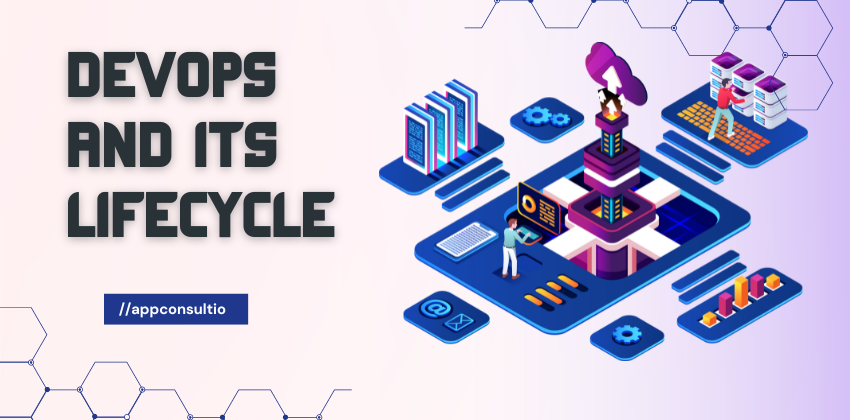
DevOps is like a journey where people work together better. It’s a way to improve how software developers and operations teams collaborate. Imagine it as a set of values guiding our behavior when working on software. When DevOps is used, it helps developers take responsibility for their work instead of just passing it to others. One significant value is to use automation as much as possible. This means using computers to do tasks automatically, like a rule.
In the past, developers and operations folks used to work separately, but DevOps brings them closer. They talk and work together more, almost like they’re on the same team. This helps them understand each other better and get things done faster. Sometimes, a particular operations team member joins the developers’ section to help. This makes things smoother, but only some groups do this. People who work on products see DevOps as a way to control everything from start to finish. They write the code, test it, and put it out there. This control makes things more accessible, and they can pick the best tools for the job.
Because they handle everything, they also think about costs and care for things. They even write scripts to set up and manage the computer parts that run the software. If something goes wrong, they fix it. This way, DevOps brings development and operations together to work better and get more done. It helps teams release new software versions faster and work better together.
The DevOps lifecycle is like a set of steps that happen repeatedly. People might call these tasks by different names, but they usually come down to these six steps:
1) Planning - In this initial stage, teams gather and collaborate to kick off the process. Their primary focus is identifying innovative and captivating new features to incorporate into the software. To make these decisions, they carefully consider the preferences and needs of the software’s current users. Additionally, they review past successes to learn from previous experiences. Importantly, their exploration doesn’t end there – they actively seek input and ideas from all company members. The overarching goal of this stage is to enhance the software’s performance beyond its previous state.
2) Development - Now comes the part where the actual programming happens. This is when developers get hands-on to try out, write, and create new and improved features. They use user stories and tasks from the list of things to do. To do this, developers use practices like test-driven development, which means they write tests before the actual code and team up with others to write and review code. They might also take turns working together and checking each other’s work. These practices help make sure the code is solid. Developers primarily work on their personal computers to write and test the code before it progresses.
3) Integration and Deployment - Here’s where the new and existing codes come together like puzzle pieces. Think of it as combining all the work that everyone did into one significant software. Then, this software is tested to ensure it’s good to go and put together to be used. To make this easier, the teams often use automation. They do things like merging the new code with the old code, taking it out from a particular storage place, and setting it up so it’s ready to be used. They also check if everything works well together, like checking if all machine parts fit nicely.
4) Deployment - In this stage, the software that was put together earlier (from the integration step) is now sent to a natural working environment. This environment is usually where the software is tested and checked to ensure it’s good quality, follows the rules, and is safe to use. It’s like sending your creation to a test run before showing it to everyone. If any mistakes or problems are found during this test, the creators (developers) have a chance to fix them before the software is shown to the people who will use it.
5) Operations - During this stage, experts closely monitor how well the features are working. They check things like how fast they work, how they behave, and if they’re available for people to use. It is essential to ensure that these features truly benefit the users. The operation team takes care of making sure everything is running smoothly. They make sure that there are no problems that could interrupt the service. They look after the network, storage, the platform the software runs on, the computing power it needs, and even how secure it is.
6) Learning - This stage is like collecting advice and ideas from software users. It’s like asking them how things are going and what could be improved. This information is then taken back to the planning stage. It’s like connecting the end back to the beginning so that everything keeps improving. Learning from this feedback is about more than just the features. It also includes things the operations team has learned. This knowledge could help developers avoid making the same mistakes in the future.
Conclusion - DevOps is a transformative journey that unites software developers and operations teams, fostering collaboration and maximizing the potential of technology. By embracing a set of guiding values, DevOps encourages developers to take ownership of their work and emphasizes the power of automation. This approach breaks down the silos between development and operations, leading to improved communication and faster results.